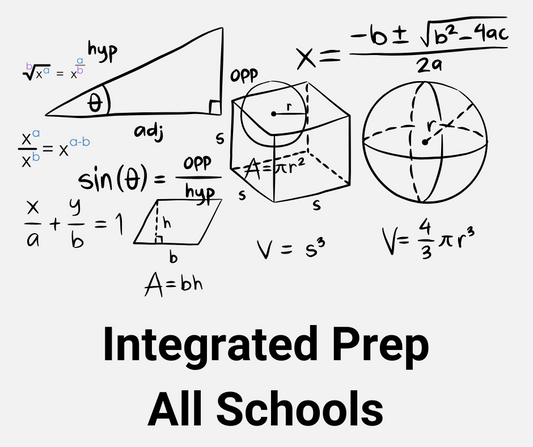Arithmetic: Long Division with Decimals
Share
Arithmetic: Long Division with Decimals
Understanding Long Division with Decimals
Long division with decimals follows the same rules as standard long division but requires special attention when dealing with the decimal point. There are two main cases:
- Dividing a decimal by a whole number (e.g., 12.6 ÷ 3)
- Dividing a decimal by another decimal (e.g., 4.8 ÷ 1.2)
Steps to Divide a Decimal by a Whole Number
Example: 15.6 ÷ 4
Step 1: Set up the long division
Write 15.6 inside the division bracket and 4 outside.
______
4 | 15.6
Step 2: Divide as usual
- 15 ÷ 4 gives 3 (write 3 above the 5).
- Multiply: 3 × 4 = 12.
- Subtract: 15 - 12 = 3.
- Bring down the 6.
Step 3: Handle the decimal
- When you bring down the 6, place a decimal point in the quotient (answer) above the decimal in the dividend.
- 36 ÷ 4 = 9, so write 9 in the quotient.
3.9
______
4 | 15.6
- 12
----
36
- 36
----
0
Final Answer: 3.9
Steps to Divide a Decimal by Another Decimal
Example: 4.8 ÷ 1.2
Step 1: Make the divisor a whole number
Since 1.2 is a decimal, shift the decimal one place to the right in both numbers. This turns the problem into:
48 ÷ 12.
Step 2: Divide normally
- 48 ÷ 12 = 4
Final Answer: 4
Practice Questions
- 36.5 ÷ 5
- 72.8 ÷ 8
- 9.84 ÷ 1.2
- 5.6 ÷ 0.7
- 14.25 ÷ 3
Note: All Khan Academy content is available for free at (www.khanacademy.org)




